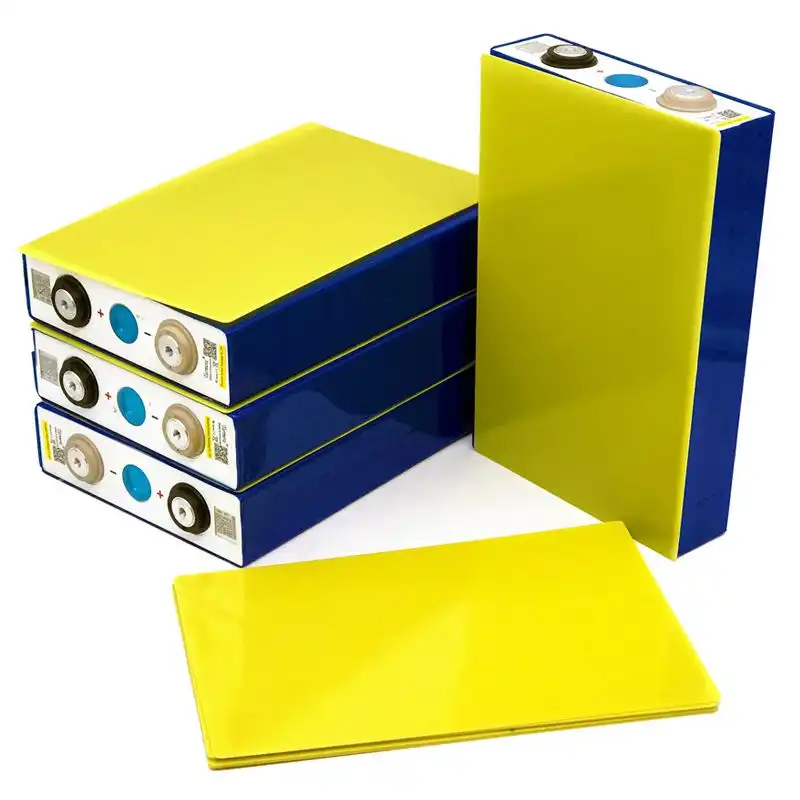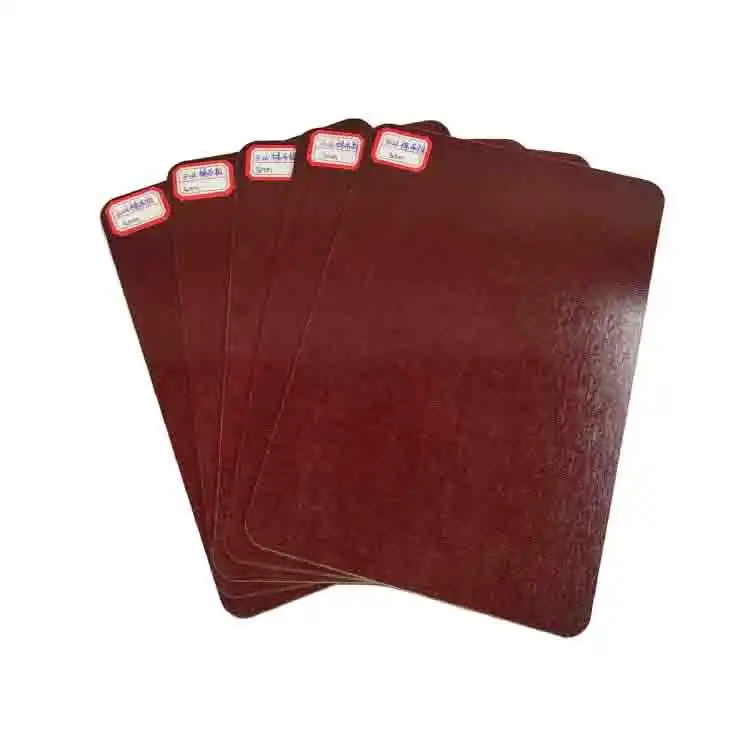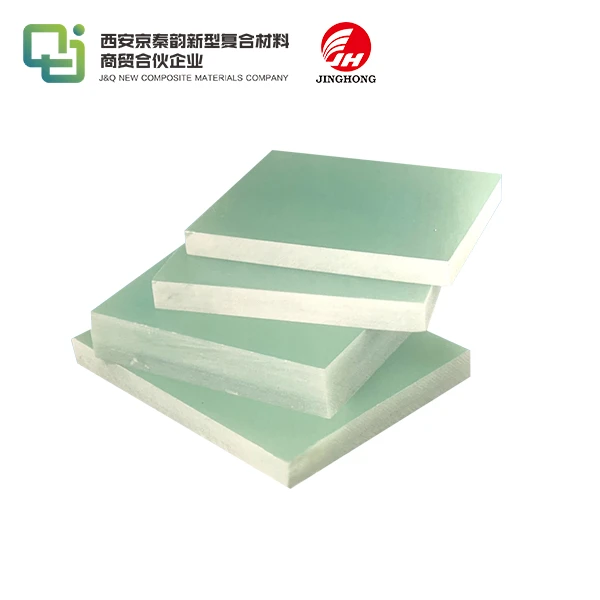What is FR4 epoxy?
2024-07-22 14:08:12
Introduction
The electronics industry relies heavily on FR4 epoxy because of its outstanding electrical insulation properties and robust mechanical strength. It serves as the primary substrate for printed circuit boards (PCBs), falling under the category of epoxy laminates reinforced with fiberglass. This crucial material provides essential structural integrity and dependable electrical insulation during the manufacturing process of electronic devices.
We begin an investigation of FR4 epoxy in this extensive blog post: diving into its structure, clarifying its center qualities, and looking at its boundless inclination in the gadgets area. We will dig into the perplexing subtleties of its assembling cycle, uncover its assorted applications across different ventures, and cautiously assess the two its benefits and detriments. Come along with us as we learn about the complexities and significance of FR4 epoxy in shaping the modern electronics landscape.
How is FR4 Epoxy Made?
1.The Process of Making FR4 Epoxy
A methodical process is used to make FR4 epoxy, which is a versatile laminate that is important for electronic applications. The material's robust properties and crucial role in modern electronics can be better understood by comprehending this manufacturing journey.
- Preparation of Raw Materials:It begins with careful preparation of its primary components: epoxy resin and fiberglass cloth that is woven. In order to guarantee purity, the fiberglass cloth, which was chosen for its strength and durability, is thoroughly cleaned. In the meantime, the epoxy resin, coveted for its outstanding electrical insulation and thermal stability, is precisely formulated.
- Impregnation by Resin:The resin impregnation phase begins on the prepared fiberglass cloth. It goes through a resin bath here, where it completely takes in the epoxy resin. After this impregnation, a controlled heating process called B-staging starts partial curing. This intermediate step produces a surface that is free of tacks, making the material manageable for handling and processing in the future.
- Lamination:The impregnated fiberglass cloth is cut into sheets and layered to the desired thickness following B-staging. After that, the stacked layers are laminated using specialized presses. The epoxy resin completes its curing process at elevated temperatures and high pressure, typically exceeding 100°C and several MPa, respectively. This step not just bonds the fiberglass layers into a bound together construction yet additionally guarantees the shortfall of voids or flaws basic for unwavering quality in electronic applications.
- Surface Wrapping up:The FR4 epoxy sheets are meticulously finished on the surface after being laminated. This might include accuracy cutting, sanding, cleaning, or applying defensive coatings to accomplish a smooth and uniform surface. Each sheet is thoroughly reviewed present completing on maintain tough quality principles and guarantee consistence with industry determinations.
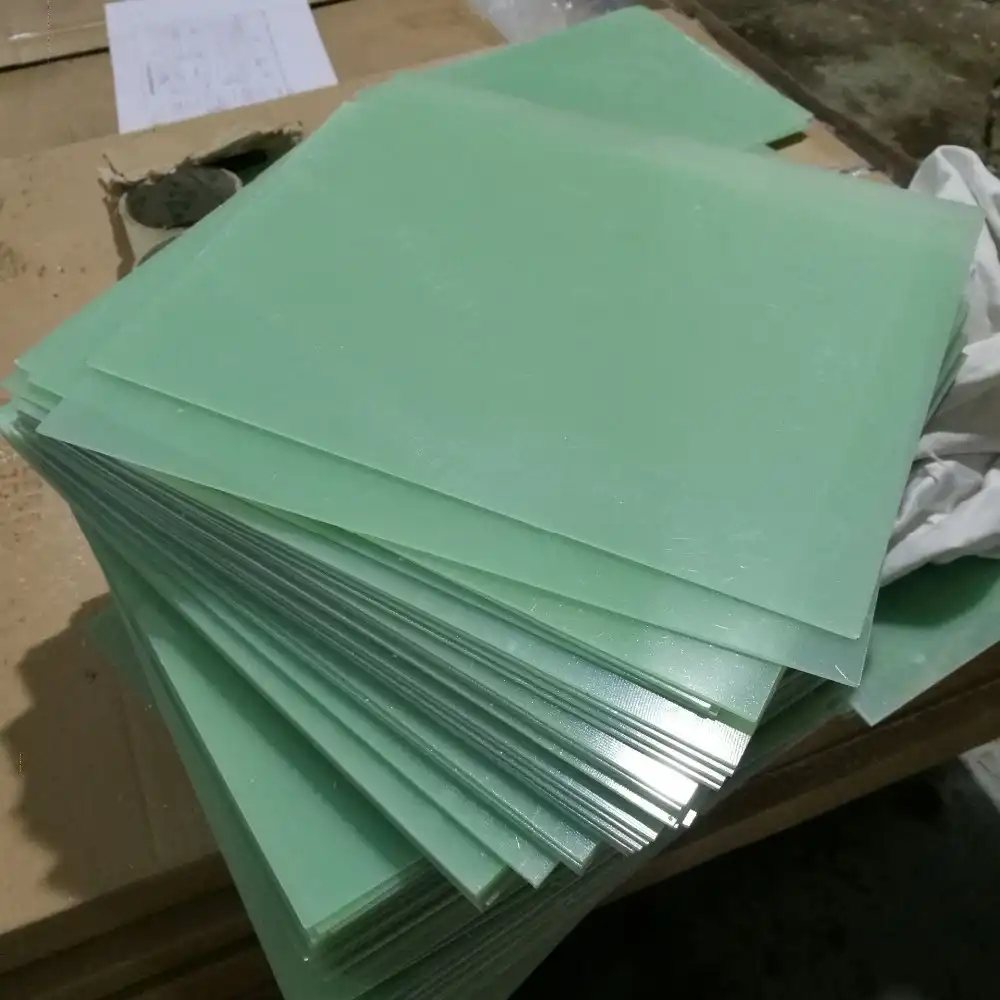
2.Testing and Quality Control
Quality control measures are used throughout the production of FR4 epoxy to ensure that electronic assemblies are consistent, perform well, and are reliable.
- Mechanical Testing:Mechanical tests evaluate the material's primary respectability and toughness. Tensile strength, flexural modulus, and impact resistance are all tested to see if the product can withstand mechanical stresses during production and operation.
- Electrical Testing:In order to confirm the material's insulating properties, various tests are used to examine its electrical performance. Insulation resistance tests measure its capacity to maintain electrical isolation over time, while dielectric strength tests measure its capacity to withstand voltage without breaking down. Curve opposition testing further guarantees the material's versatility against electrical release.
- Warm Testing:Warm assessments center around evaluating the material's solidness under raised temperatures. Its effectiveness in dissipating heat generated during operation and soldering processes is determined by thermal conductivity tests. In order to predict performance over time, thermal aging tests simulate prolonged exposure to high temperatures.
- Analytical Chemistry:The material's ability to withstand exposure to cleaning agents, solvents, and other chemicals found in manufacturing environments is determined by chemical resistance tests. This guarantees it keeps up with its primary respectability and electrical properties when exposed to different synthetic circumstances.
In conclusion, it satisfies exacting standards for reliability, performance, and safety in a variety of electronic applications thanks to its meticulous manufacturing procedure and extensive testing protocols. This precise methodology highlights its urgent job as a foundation material in current electronic assembling.
What Are the Applications of FR4 Epoxy?
1.Printed Circuit Sheets (PCBs)
It is prevalently utilized in the manufacture of printed circuit sheets (PCBs), which are fundamental parts in electronic gadgets. These printed circuit boards (PCBs) are the fundamental framework on which various electronic components are mounted and connected.
- PCBs: Single-Layer In single-layer PCBs, it serves as the substrate on which electronic components and copper traces are attached. It provides crucial support for circuitry and components thanks to its outstanding electrical insulation properties and mechanical toughness.
- Multi-facet PCBs: Multi-layer PCBs use copper traces embedded between multiple laminated layers of FR4 epoxy board for more intricate designs required in contemporary electronics. Complex and compact circuit configurations are possible thanks to this construction. These PCBs are guaranteed to function and be reliable due to the uniform electrical insulation and mechanical stability of FR4 epoxy across its layers.
- PCBs of High Frequency: It is likewise basic in high-recurrence PCBs, significant for applications requesting exact sign respectability and electrical execution. Its low dielectric steady and insignificant misfortune digression add to negligible sign lessening, guaranteeing solid activity at high frequencies.
2.Electrical Protection
Past PCBs, it finds broad use in assorted electrical protection applications attributable to its remarkable dielectric properties and warm flexibility.
- Transformers and Inductors: In transformers and inductors, it fills in as a protecting material, moderating the gamble of electrical shorts and upgrading warm administration abilities.
- Control Panels and Switch Equipment: In switchgear and control panels, it insulates vital components like busbars and terminals to withstand high voltages and temperatures, ensuring stable and secure operation.
- Engines and Generators: Utilized for protecting windings in engines and generators, it shields against electrical arcing and warm corruption, accordingly improving effectiveness and life span.
3.Mechanical Applications
FR4 epoxy's mechanical strength and solidness broaden its utility into different mechanical applications requiring both underlying honesty and electrical protection.
- Mechanical Aids: It maintains electrical isolation while ensuring structural stability and acting as a dependable mechanical support in industrial applications.
- Housings and enclosures: Enclosures and housings for electronic devices are constructed using FR4 epoxy, which protects delicate components from physical and environmental damage.
- Gaskets and Seals: It is used in gaskets and seals to make tough barriers that can stand up to harsh conditions and provide long-lasting insulation and protection.
In conclusion, the versatility and dependability of FR4 epoxy make it a necessity in the electronics industry, significantly enhancing the functionality, safety, and longevity of electronic systems and devices. Its crucial role in contemporary electronic applications is highlighted by its combination of electrical insulation properties, mechanical strength, and thermal resilience.
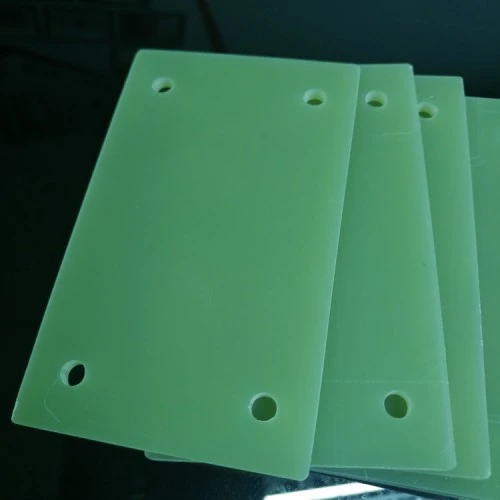
What Are the Advantages and Disadvantages of FR4 Epoxy?
1.Advantages of FR4 Epoxy
FR4 epoxy is profoundly esteemed in the gadgets business for a few key benefits, pursuing it a favored decision across a great many applications.
- Electrical Protection: The exceptional electrical insulation properties of FR4 epoxy are one of its main benefits. It effectively prevents electrical short circuits and breakdowns thanks to its high dielectric strength, ensuring the dependable operation of electronic components and devices.
- Mechanical toughness: Known for its powerful mechanical properties, it offers high elasticity and unbending nature. Because of this, it is able to provide structural integrity and support for delicate electronic components in demanding environments.
- Temperature Stability: It maintains its electrical and structural properties even at high temperatures thanks to its excellent thermal stability. This warm flexibility is pivotal for applications, for example, printed circuit sheets (PCBs), where the material should get through welding processes and functional intensity.
- Chemical Ableness: In environments where exposure to corrosive substances is a concern, the material's durability is enhanced by its notable resistance to a variety of chemicals and solvents. Because of this property, it has a longer lifespan and is more reliable in real-world applications.
- Stability in Dimensions: It keeps up with reliable aspects and execution attributes across differing ecological circumstances, including temperature changes and moistness levels. This layered soundness is essential for guaranteeing the exact usefulness of electronic congregations over the long haul.
- Cost-Effectiveness: When compared to other high-performance materials, it remains cost-effective despite its advanced properties. Its low cost makes it more appealing for mass production and widespread use in industrial and consumer electronics applications.
2. Drawbacks of FR4 Epoxy
While FR4 epoxy has a lot going for it, there are some drawbacks that should be taken into account when using it.
- Absorption of Moisture: It has the potential to absorb moisture over extended periods of time and in environments with high humidity levels, potentially compromising its electrical insulation properties. In moisture-sensitive applications, proper sealing or protective coatings may be required to alleviate this issue.
- Flammability: Despite the fact that it is fire resistant, it isn't innately flame resistant. The material can burn or degrade in conditions of high temperatures or direct flame exposure, necessitating safety measures and regulatory compliance in fire-sensitive applications.
- Performance at high frequencies is limited: Due to its dielectric properties, it may have limitations in the highest frequency ranges, despite being suitable for numerous high-frequency applications. Alternative materials with superior high-frequency performance characteristics may be required for applications requiring extremely low signal loss and precise impedance control.
- Effect on the Environment: The creation and removal of FR4 epoxy board include the utilization of synthetic substances and energy-concentrated processes, adding to its natural impression. To ensure sustainability and minimize impact on the environment in the electronics manufacturing sector, proper recycling practices and disposal management are essential.
In conclusion, the combination of electrical insulation, mechanical strength, thermal stability, and affordability of FR4 epoxy makes it the best choice for the electronics industry. Understanding its limitations enables informed decision-making to optimize its use effectively while addressing specific application requirements and environmental considerations, despite its significant advantages for various applications.
References
1. NEMA Standards. (2023). "NEMA LI-1 Standard for Laminated Thermosetting Products." Retrieved from [NEMA](https://www.nema.org/)
2. ASTM International. (2023). "ASTM D709 - Standard Specification for Laminated Thermosetting Materials." Retrieved from [ASTM](https://www.astm.org/)
3. IEEE Xplore Digital Library. (2023). "Electrical Insulation Testing of Epoxy Resins." Retrieved from [IEEE Xplore](https://ieeexplore.ieee.org/)
4. Materials Science and Engineering. (2023). "Mechanical Properties of Epoxy Composites." Retrieved from [Materials Science and Engineering](https://mse.org/)
5. Industrial Epoxy Coatings. (2023). "Testing Methods for Epoxy Sheets." Retrieved from [Industrial Epoxy Coatings](https://industrialepoxycoatings.com/)
6. Polymer Testing Journal. (2023). "Impact and Flexural Testing of Epoxy Materials." Retrieved from [Polymer Testing Journal](https://polymertestingjournal.com/)

